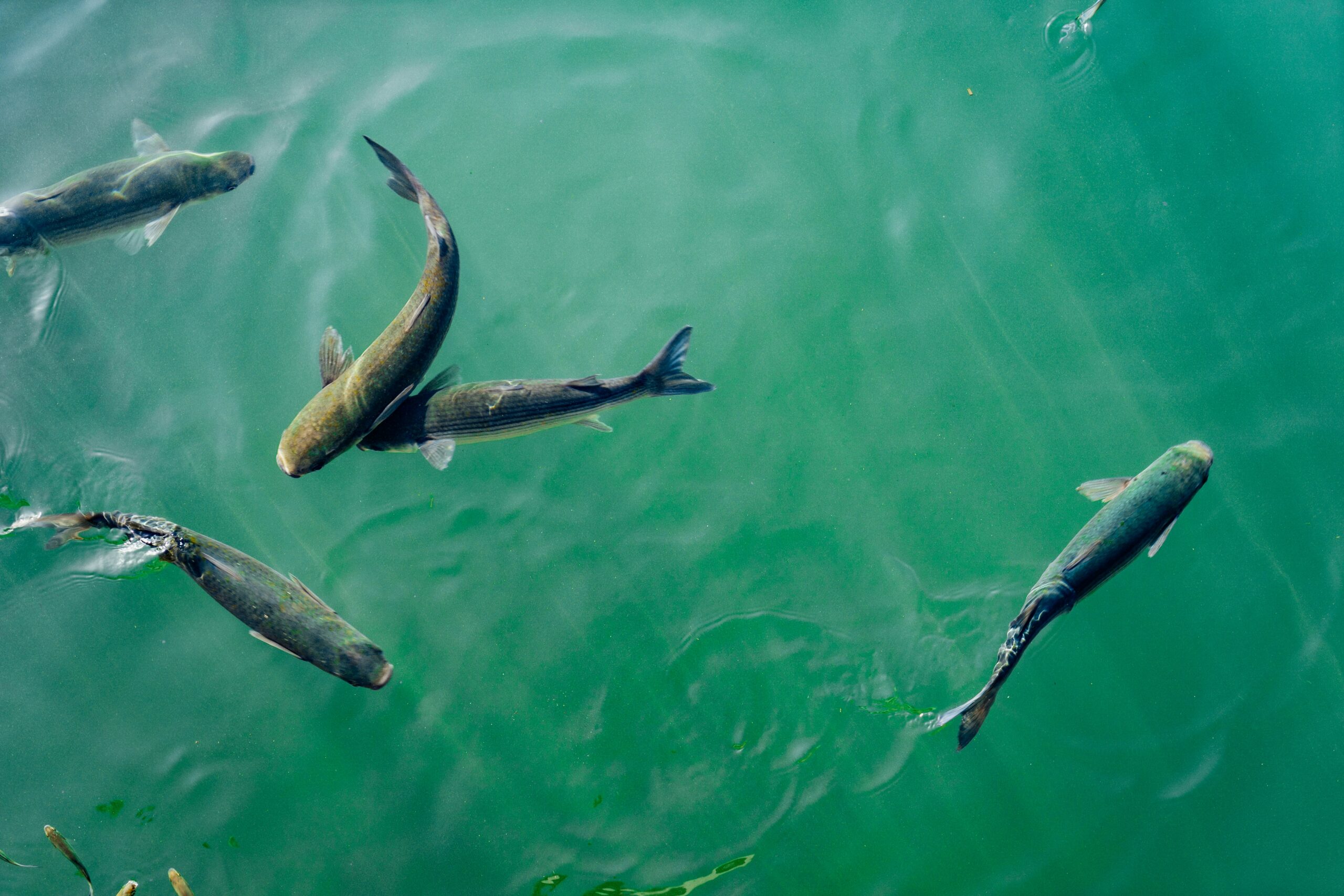
In the quest to meet the rising demand for seafood while ensuring sustainability, Recirculating Aquaculture Systems (RAS) have emerged as a beacon of hope. RAS aquaculture represents a significant shift in the way we cultivate aquatic life, offering a controlled environment that mimics natural ecosystems. At the heart of every successful RAS facility lies a meticulously crafted environment, serving as the lifeblood for the thriving aquatic organisms within.
Understanding RAS aquaculture
Recirculating Aquaculture Systems (RAS) represent a closed-loop aquaculture method designed to efficiently reuse and treat water within a controlled environment. Unlike traditional open-water aquaculture, which relies on natural water bodies, RAS facilities operate within enclosed tanks or ponds, where water is continuously filtered and recycled. This closed-loop system minimises environmental impact, conserves water, and mitigates disease outbreaks, making RAS aquaculture an attractive and sustainable alternative.
The importance of a good environment
Within RAS facilities, maintaining optimal water quality and environmental conditions is vital to the success of aquaculture operations. A good environment includes various factors, each playing a crucial role in supporting the health, growth, and welfare of aquatic organisms, including:
- Water quality management: Water quality parameters, including temperature, pH, dissolved oxygen levels, ammonia, nitrite, and nitrate concentrations, must be carefully monitored and controlled. Advanced filtration systems, such as biofilters, mechanical filters, and UV sterilisers, help remove waste products, maintain water clarity, and prevent the buildup of harmful compounds.
- Oxygenation and aeration: Adequate oxygenation is vital for the survival of aquatic organisms, as it supports respiration and metabolic functions. Aeration systems, such as air stones, diffusers, and paddle wheels, ensure proper oxygen levels throughout the water column, preventing hypoxia and promoting optimal growth.
- Temperature regulation: Aquatic species have specific temperature requirements for growth and reproduction. Maintaining stable water temperatures within the desired range is essential for maximising productivity. Heating and cooling systems, coupled with precise temperature control mechanisms, help create an optimal thermal environment for aquatic life.
- Biosecurity measures: Preventing the introduction and spread of pathogens is crucial for maintaining the health and biosecurity of RAS facilities. Strict biosecurity protocols, including quarantine procedures, disinfection measures, and restricted access, help minimise the risk of disease outbreaks and ensure the integrity of the aquatic environment.
Benefits of a good environment in RAS Aquaculture
The implementation of a conducive environment in RAS aquaculture yields a multitude of benefits, both for aquatic life and aquaculture operators, including enhanced growth and productivity, disease management, efficiency and sustainability, adaptability and resilience, economic viability, and more.
Enhanced growth and productivity: Optimal environmental conditions support accelerated growth rates, improved feed conversion efficiency, and higher survival rates among cultured species. Well-maintained water quality and habitat enrichment stimulate natural behaviours, leading to healthier and more robust fish and shellfish populations.
Disease prevention and management: A clean and well-managed environment reduces the risk of disease outbreaks and parasitic infestations, minimising the need for antibiotics or chemical treatments. Biosecurity measures and quarantine protocols help prevent the introduction of pathogens and maintain the health status of aquatic populations.
Resource efficiency and sustainability: The closed-loop nature of RAS minimises water usage, reduces wastewater discharge, and conserves natural resources, making it an environmentally sustainable aquaculture method. Efficient water recirculation and filtration systems optimise resource utilisation, lowering operating costs and minimising environmental impact.
Adaptability and resilience: RAS facilities offer greater control and flexibility in managing environmental parameters, allowing operators to adapt to changing conditions and mitigate potential challenges. The ability to fine-tune water quality parameters, temperature, and oxygen levels enables RAS operators to mitigate environmental fluctuations and maintain stable conditions, promoting resilience in aquaculture operations.
Economic viability and market competitiveness: High-quality, sustainably produced seafood commands premium prices in the market, reflecting consumer preferences for environmentally friendly and ethically sourced products. RAS aquaculture’s reputation for superior product quality, consistent supply, and minimal environmental impact enhances market competitiveness and profitability for producers.
5 challenges to a good environment
While the benefits of a good environment in RAS aquaculture are undeniable, achieving and maintaining optimal conditions poses several challenges and considerations, including:
- Technological complexity: RAS facilities require sophisticated monitoring and control systems to regulate water quality, temperature, and oxygenation levels effectively. The integration of advanced filtration, recirculation, and automation technologies demands specialised expertise and ongoing maintenance to ensure reliable operation.
- Operational costs: Initial capital investment and ongoing operational expenses associated with RAS infrastructure, equipment, and energy consumption can be substantial. However, cost-saving measures, such as energy-efficient equipment, optimised system design, and economies of scale, can help mitigate operational costs over time.
- Regulatory compliance: Compliance with environmental regulations, water quality standards, and permitting requirements is essential for RAS operators to operate legally and sustainably. Maintaining comprehensive records, conducting regular monitoring, and reporting, and implementing best management practices are critical for regulatory compliance and public trust.
- Knowledge and training: Effective RAS management requires specialised knowledge in aquaculture, engineering, water chemistry, and biosecurity. Continuous training, education, and professional development opportunities are essential for RAS operators and personnel to stay ahead of emerging technologies and best practices.
- Environmental impact assessment: While RAS aquaculture offers many environmental benefits, it is not without its ecological footprint. Assessing the cumulative environmental impacts of RAS facilities, including energy consumption, carbon emissions, and effluent discharge, is essential for sustainable development and mitigation of potential negative consequences.
Conclusion
In conclusion, the role of a good environment in RAS aquaculture cannot be overstated. By providing optimal water quality, habitat conditions, and biosecurity measures, RAS facilities foster healthy, resilient, and sustainable aquatic ecosystems. As the global demand for seafood continues to rise, RAS aquaculture stands at the forefront of innovation, offering a promising solution to meet this demand while minimising environmental impact. Through ongoing research, technological advancements, and collaborative efforts, the aquaculture industry can continue to harness the power of a good environment to nurture life below the surface and shape a more sustainable future for generations to come.

